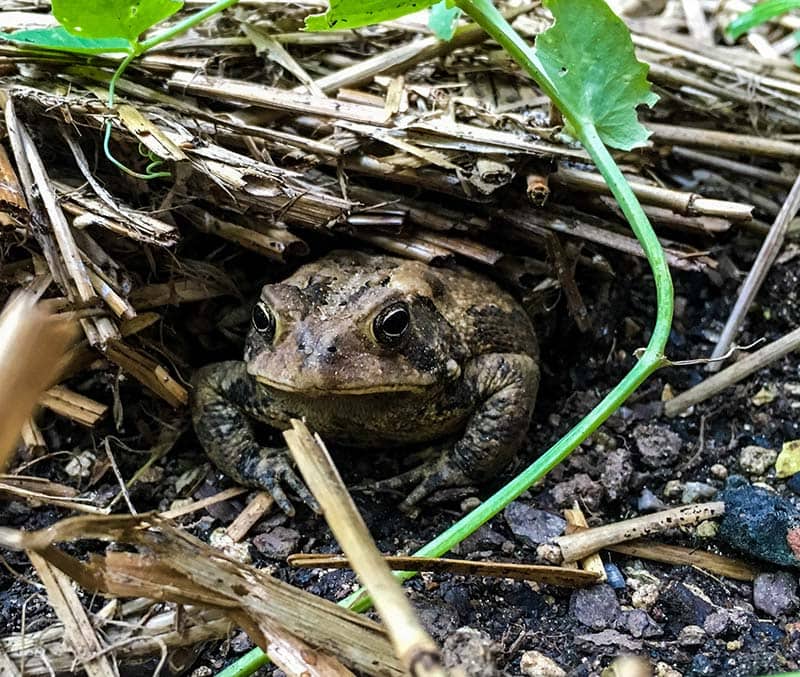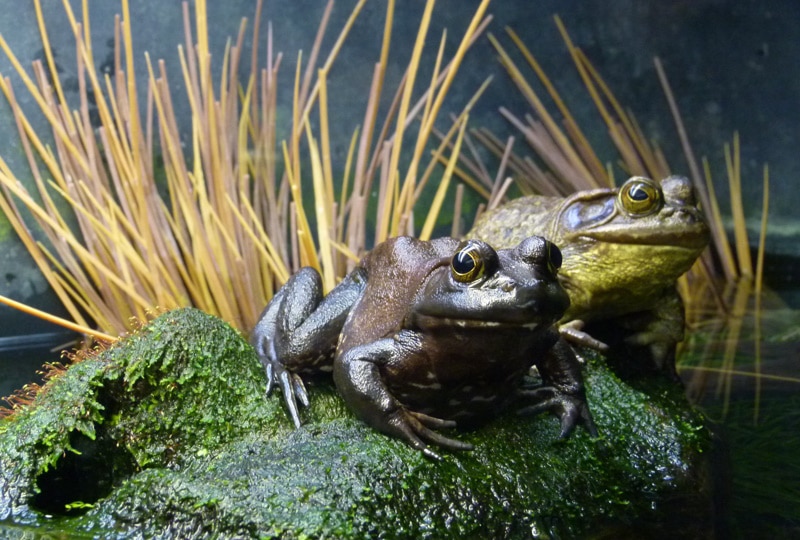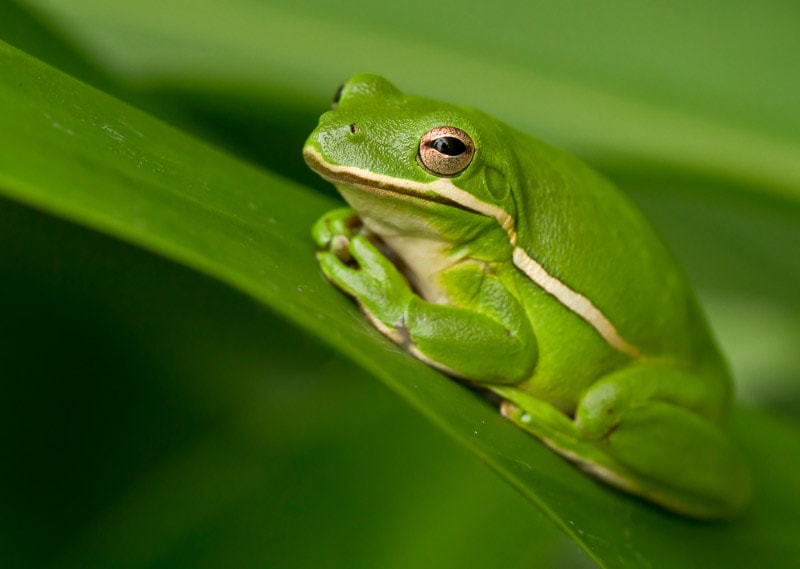How Many Toes Do Frogs Have? Vet-Verified Anatomical Information

Updated on
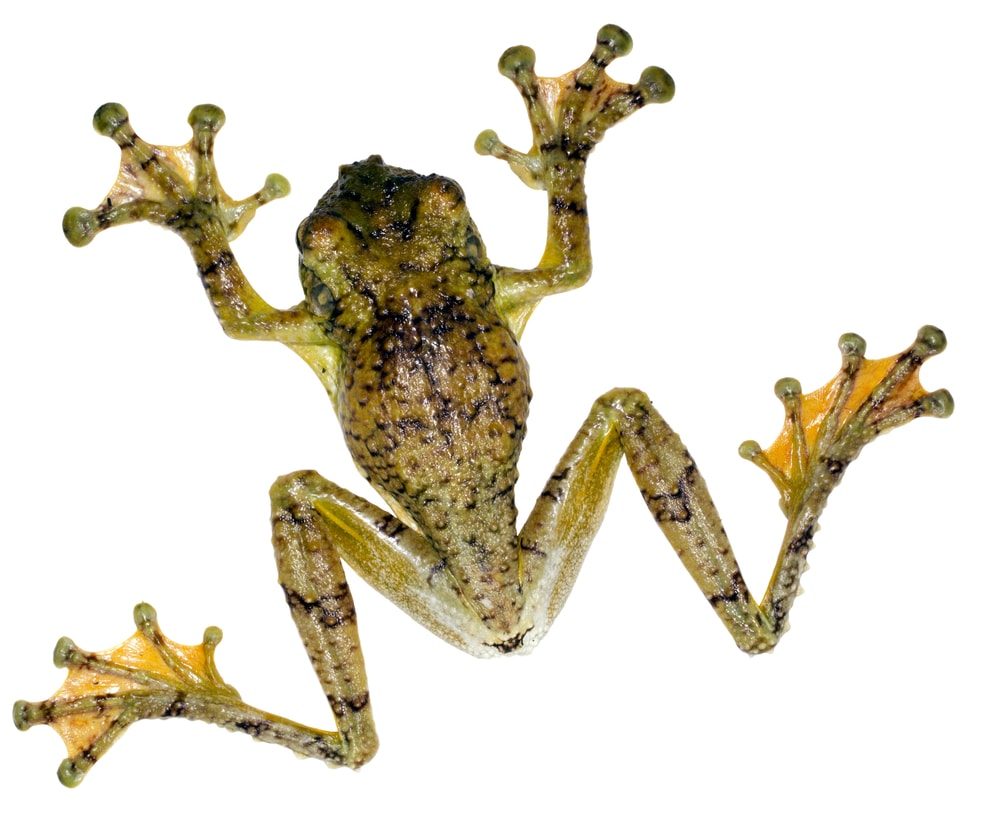
Some swear it’s four, others swear it’s five–but exactly how many toes does a frog have? Frogs have 18 toes in total: five toes on each hind leg, equaling 10 toes, and four on each front leg. These add up to 18 (5 + 5 + 4 + 4).
The exceptions are the Dagger frog (Babina holsti) and the Otton frog (Babina subaspera), which are Japanese Ranid frogs. They possess a unique thumb-like structure called a pseudothumb in each forelimb, giving them a total of 20 toes.
If you want to learn more about various frog toe formations and their unique functions, keep reading. We’ll be talking about the unique frog anatomy and some fun frog facts that you may be surprised to learn.
Different Frog Toes
Not all frog toes are created identically, and different toe formations are helpful for different functions.
- Webbed feet: Many aquatic frogs have webbed structures between their toes to aid them in rapid, powerful swimming. Sometimes, webbed feet can help frogs glide through the air, as the webbing acts like a parachute.
- Suction-cup feet: Tree frogs tend to have rounded, suction-cup pads on their toes to help them cling to trees as they bounce from branch to branch.
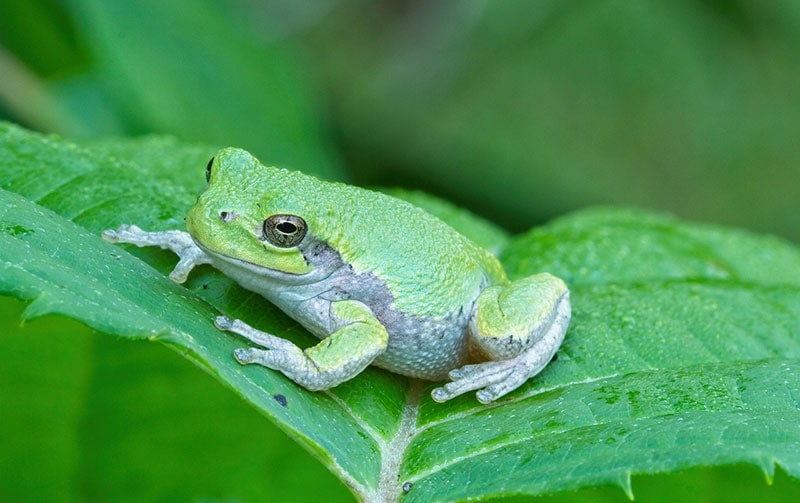
More About Frog Anatomy
Frogs have fascinating anatomy. Although every species is unique, there are some general anatomic characteristics and functions that most frogs share.
Vision
Frogs are known for their remarkable nighttime vision. They are incredibly sensitive to movement, and their bulging eyes allow them to see in almost all directions–even behind them to a certain extent!
Their eyes are so powerful that they aren’t just used for vision. When some frogs swallow their food, they use their eyes to push their meal down their throat. This is done by dropping the eyes down into the roof of the mouth, putting pressure on whatever is inside.
Vocal Cords
It is believed that frogs were the first land amphibians to develop vocal cords. In male frogs, there is a structure known as the vocal sac, which is a pouch of skin that can fill with air. These vocal sacs create a resonating sound that can sometimes be heard from around a mile away.
Legs
A frog’s legs contain a tremendous amount of power. When launching, many frogs can jump a distance that spans over 20 copies of their own body combined!
Skin
Different species have different skin types, but they all contribute to unique and fascinating functions. For instance, some frogs may look plain and muddy brown, but this simple color camouflages the frog from predators or prey. On the other hand, vibrantly colorful frogs can scare off predators by convincing other animals that they are poisonous—even if they aren’t.
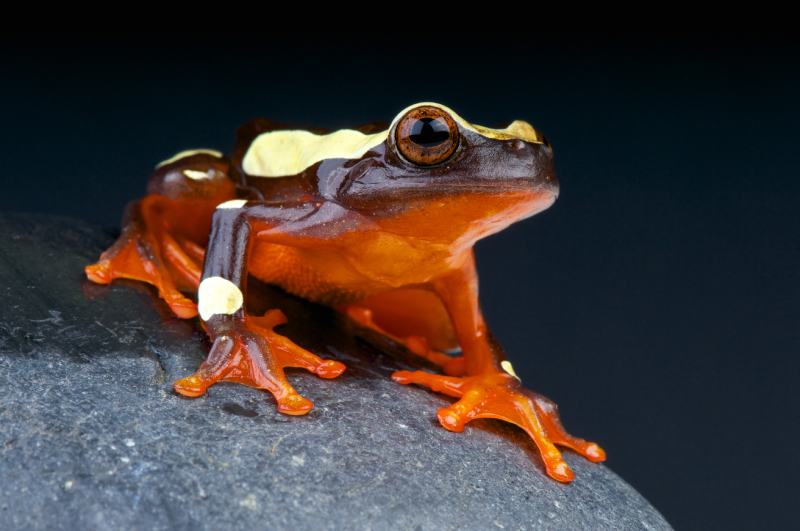
Fun Facts About Frogs
Frogs are truly special creatures, and there is always something new to learn about them. If you are interested in learning more about frogs, take a look at these fun facts we’ve gathered.
- There are more than 6,000 frog and toad species.
- Some frogs can freeze almost entirely solid during the winter, then thaw in the spring like nothing ever happened.
- The world’s heaviest frog species can weigh up to 7 pounds!
- One of the smallest species grows to only around 5 inches long.
- More than ⅓ of amphibian species (including frogs) face an extinction crisis.
- You can celebrate World Frog Day on March 20.
- Evidence suggests frogs have been on Earth as long as the dinosaurs—over 200 million years!
- Frogs in captivity can live for over 20 years; some individuals have been verified as exceeding this lifespan.
- All toads are frogs, but not all frogs are toads.
Good Frogs for a First-Time Frog Owner
If frogs enchant you and you’re considering one as a pet, you will want to find a species that is suitable for a first-time frog owner. Thankfully, there are plenty to choose from.
- Pacman Frog: This frog is colorful, strange, and docile, making it a perfect candidate for a new frog owner. It is also hardy and capable of living up to 15 years, so prepare for a lengthy commitment.
- Pixie Frog: This frog is also known as the African Bullfrog and can live for 20 years. They’re known to have wild personalities, so there will never be a dull moment with this frog.
- American Green Tree Frog: This frog is a moderate size and much more active than some other species. However, they don’t love being handled.
- White’s Tree Frog: This species is beautiful, easy to care for, and friendly.
- Budgett’s Frog: If you’re looking for a comical yet adorable-looking frog, this may be the pet for you. Their eyes appear tiny compared to the rest of their body, giving them a hilarious appearance.
Conclusion
Frogs are fascinating creatures, and with over 6,000 species, there will always be something new to learn. The anatomy of frogs is as remarkable as it is varied, as each species has its own unique characteristics. If you are looking for a frog to bring home for the first time, we recommend looking at some of the best frogs for novice frog owners, and there are plenty to choose from. Whichever frog you adopt, you will always find something special about them.
- See Also: Do Frogs Have Opposable Thumbs?
Featured Image Credit: Dr Morley Read, Shutterstock


